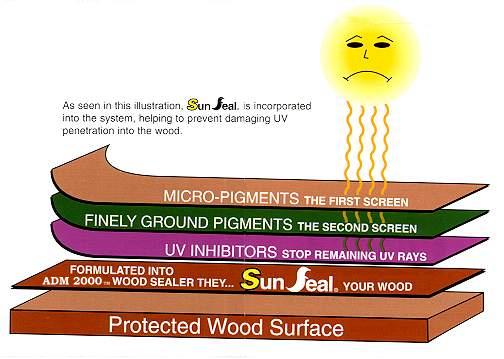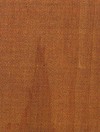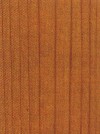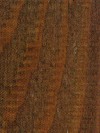
"We're the deck people"TM
ADMTM2000
STAINS,
SEALERS & TINTED SEALERS

ADMTM2000
STAINS,
SEALERS & TINTED SEALERS
| We offer a variety of stains,
natural sealers and tinted sealers. While many homeowners may be overwhelmed
by the multitude of new products flooding the market, you can be assured
that American Deck MaintenanceTM uses only
the highest quality materials with already proven effectiveness.
We know the difference between the various commercial products, and can
answer any questions that you may have about them.
We offer a SEALER and a GUARANTEE
that no other company can. That's the advantage of choosing American Deck
Maintenance Inc.TM
About ADMTM 2000
|
STAINS - There are basically
three types of stains: solid, semi-solid and semi-transparent. Solid stains
have a heavy amount of pigment and will give an opaque color. Semi-solid
stains contain less pigment, and therefore, more of the wood's grain and
natural color will show through. Semi-Transparent stains have the least
amount of pigment and show the most natural grain. The stains we use are
the best, and you can be assure that we will treat your deck with meticulous
surface preparation before staining to assure the longevity of the stains
beauty and protection.
SEALERS - ADMTM 2000 is a specially formulated to penetrate deeply into wood. We guarantee a beautiful appearance, and protection from the elements (water, sun, snow, etc.) When you choose one of our quality sealers, rest assured that it will be professionally applied. TINTED SEALERS - Our tinted sealers in addition to providing excellent protection, also penetrate wood fibers with color pigment. Tinted sealers are fast becoming accepted as far superior to stains. ADMTM 2000 comes in nine beautiful colors from clear, tinted transparent and opaque. Tinted sealers do not protect by forming a layer of film like many stains do. Superior protection, wear resistance and waterproofing are a few advantages of ADMTM 2000Sealing system with teflon. |
|
COATING PERFORMANCE Heavy bodied and solid color stains These products are available in alkyd/oil and latex types. They are classified as continuous film coatings since they resemble a paint film although they are somewhat thinner. Because they produce more surface film than semi-penetrating stains, they have more resistance to sunlight and weather and have a longer lifespan. Acrylic latex stains have better color retention than alkyd/ oil stains (are less apt to fade) and to have a somewhat longer Iife span. While they obscure the grain pattern of the wood, they allow the surface texture to remain, and both are extremely popular finishes for roughhewn siding. Neither product fares very well over smooth, flat grain surfaces, however. Exposure The most severe exposure to sunlight and moisture (rain, snow and dew) are usually the south and west sides of a structure. Over-hangs, shade trees and porch enclosures will lessen exposure, and somewhat protected areas will not have to be recoated as frequently. If, in the case of paint, it is not practical to apply two topcoats at the onset to the entire structure, two coats may be applied at least to the areas experiencing the greatest exposure. Obviously, the greater, more severe the exposure, the shorter the lifespan of the product. Surface preparation and application
The longevity of any top coating product is
directly linked to the quality of the product, the quality of the
surface preparation and application technique. Painting or staining over
a poorly prepared surface will certainly cause early product failure.
Poor applicator tools will leave weak spots in the coating film which
contribute to early film breakdown. Water Repellent Pre-treatment. The use of a paintable water repellent or water repellent preservative prior to priming (for continuous film coating) is highly recommended, particularly for lap or butt joints on siding or millwork. This will help prevent moisture from wicking into the wood at these junctures, thus reducing the shrinking and swelling, which over stresses the coating, resulting in cracking and peeling. Use only products over which paints can be applied. Product quality There are two basic ways manufacturers may reduce the costs of their products to create more profit, or meet lower competitive price situations. They can use less expensive, lower performance chemical ingredients or they can use quality ingredients, but use lesser quantities of these or blend them with lesser quality chemicals. In either case, product performance will be reduced, resulting in earlier product deterioration. This not only raises the annual maintenance cost considerably, in labor and materials, but can cause excessive problems in repairing or removing the coating prior to the application of the next coat. In some cases, a brand's "best" product may be decidedly inferior to another brand's standard product. Product lifespan guarantees are often little more than marketing tactics, since no manufacturer can be certain of the exposure the product will be subjected to, or the quality of the surface preparation and application. They have relatively little cost in replacing the product compared to the labor involved in repairing or recoating. Products manufactured and marketed for low competitive prices may be much more expensive in the long run than products made for performance.
|


Clear 2001 |

Natural Cedar 2002 |

Cedartone 2003 |

Wheat 2004 |

Red Cedar 2005 |

Natural Redwood 2006 |

Natural Pine** 2007 |

Suede Solid 2008 |

Blue Stone 2009 |

Light Grey 2010 |

Almond 2011 |

Pecan 2012 |

Walnut 2013 |
Important: Colors may vary from the colors
shown on the screen. We recommend a brushout on your wood.
all colors shown on cedar
|